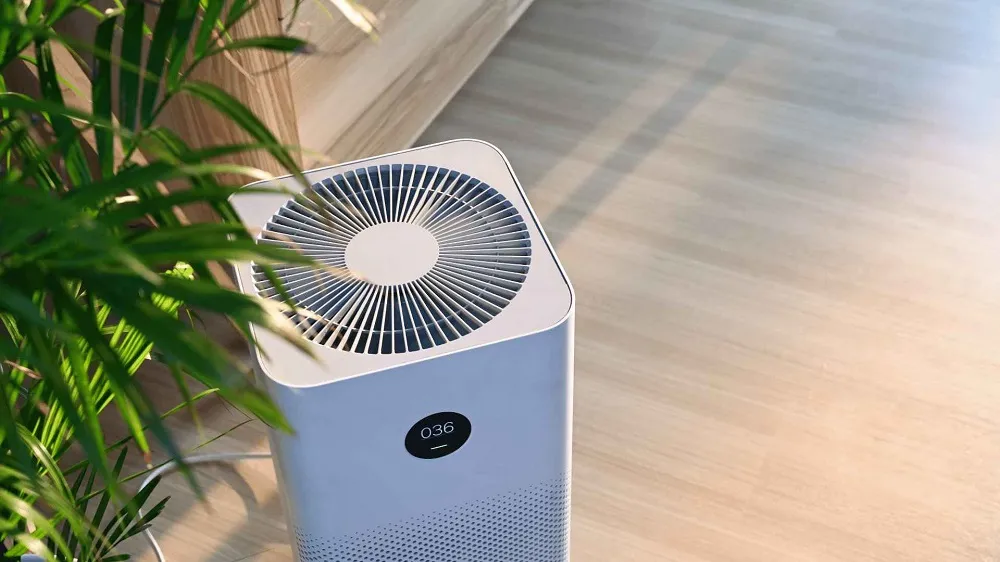
How to Choose the Best Vacuum Cleaner for Pet Hair and Allergies
- Home Improvement
- February 28, 2024
- No Comment
- 1747
Pet hair can be a major allergen in your home, trapping and carrying microscopic dust particles such as dander and saliva. Regular vacuuming helps keep allergy symptoms at bay.
If you or someone in your family suffers from allergies, opt for a vacuum with a HEPA filter. These filters help to capture allergens when you empty the dust bag.
HEPA Filters
If your allergies are caused by pet dander, choosing a vacuum with HEPA filters is a good idea. The filter traps allergens inside it and prevents them from escaping back into the air when you empty the dirt bag. We recommend going with a HEPA-certified vacuum, such as the Dyson model. It isn’t as impressive as our top pick, but it does a solid job of sucking up long and short pet hair from hard surfaces like hardwood or linoleum. It also performs well on both low and high-pile carpets. It also has a combined stiff-bristle brush/upholstery tool that does an excellent job of picking up pet hair from fabric surfaces.
While a HEPA-equipped vacuum can help reduce allergy symptoms, the most important way to keep pet dander at bay is by keeping your pets away from furniture, draperies, and other fabrics. Washing bedding and soft furnishings regularly can also cut down on allergens. And, of course, regularly vacuuming with a HEPA-equipped vacuum can remove dander from carpets and hard floors.
In addition to the HEPA filter, some models have a large dust bin and a sealed dirt bag that helps keep pet hair from spreading around your home. It also has a combination stiff-bristle brush/upholstery nozzle and a pet-specific power head that easily clears long and short hair from upholstered and fabric surfaces. Its only negative is its relatively short power cord, making it difficult to reach faraway areas.
Suction
If you suffer from pet allergies, a powerful vacuum that doesn’t kick hair and dander back into the air is one of the best tools at your disposal. While it’s also a good idea to use a dry mop for non-carpeted floors and a microfiber dust mop for quick clean-ups in high-traffic areas, a powerful vacuum is still the best tool for deep cleaning.
Look for models with powerful suction on carpets and bare floors. Ideally, the receptacle—bag or cyclone cylinder—should be emptied as regularly as possible to prevent pet hair and other debris from clogging it, which can drastically reduce suction power. A bagged vacuum cleaner with anti-tangle features will prevent long, thin pet hair from getting wrapped around the brush roll and reduce its performance.
You’ll also want to consider whether you want a bagged or bagless model and what size dirt cup or bag you’ll need. Bagged vacuums keep dust and allergens sealed inside until they’re ready to be emptied, which can be beneficial for allergy sufferers. Bagless vacuums are a good choice for homes that don’t want to keep track of replacement bags.
Other important considerations include the noise level of the vacuum, especially if you live with someone sensitive to sound pollution. Look for a model with a lower decibel rating to minimize noise pollution and keep everyone in the household happy. You’ll also want to choose a model with attachments like a crevice tool, upholstery tool, and dusting brush to help remove hard-to-reach dirt and allergens from furniture.
Portability
A home with pets will likely have a lot of hair, so you’ll want a vacuum that can handle it. Choosing a model with accessories like turbo nozzles and crevice tools is also a good idea to get pet hair out of upholstery, curtains, and inaccessible corners.
Allergy sufferers should opt for a model with a HEPA filter that can sift out microscopic particles of dust, dirt, and dander. These are the things that irritate allergy symptoms.
It has a motorized rotating brush roll with an anti-tangle feature that can handle even long hairs. It can also be used on hard floors, as well as on low- and high-pile carpeting. It also features a detachable hose and a telescopic wand, making reaching under furniture easier.
Suppose you’re looking for a more powerful vacuum to tackle pet hair on bare floors and carpeting. In that case, the great choice should have a telescopic wand, a hose with a bendable section, and a turbo nozzle that can suck up hair from inaccessible corners and along skirting boards.
Accessories
The best pet hair vacuum cleaners also have special attachments for removing hair and dander from upholstery, pillows, and other above-floor surfaces. These attachments can help clean bare floors and carpeting and are ideal for reaching tight spaces. These tools can be especially helpful if your pet sheds a lot, as some dander is fine enough to cling to fabrics and can clog the bristles of a standard brush roll or even get caught in the cyclone receptacle of a bagless model.
